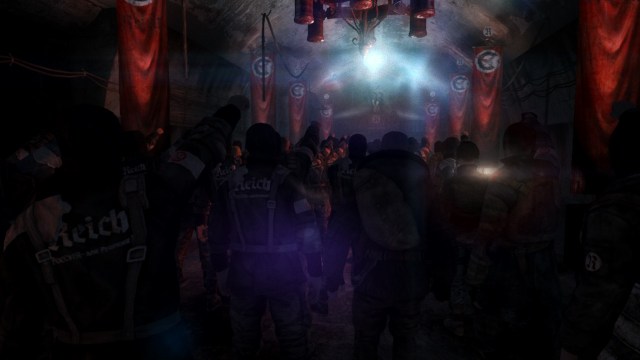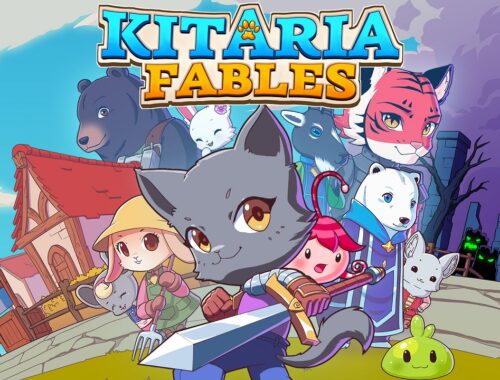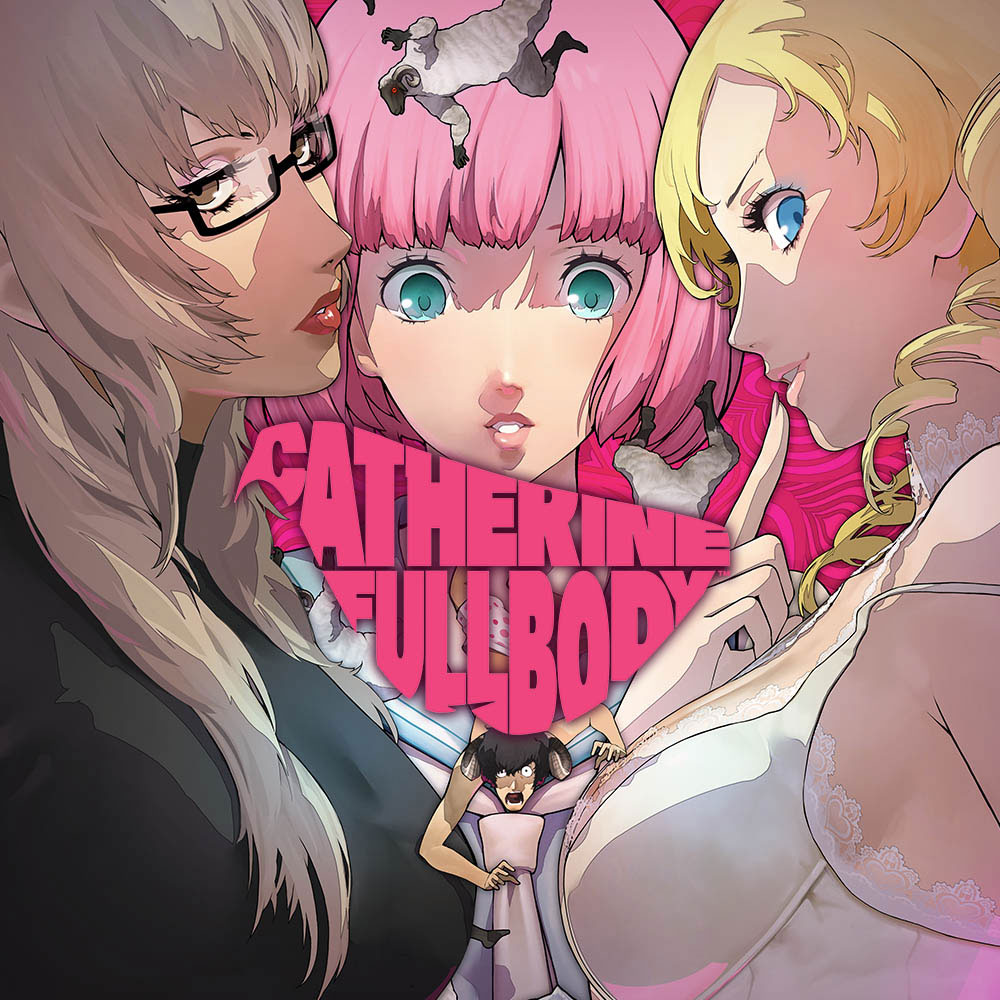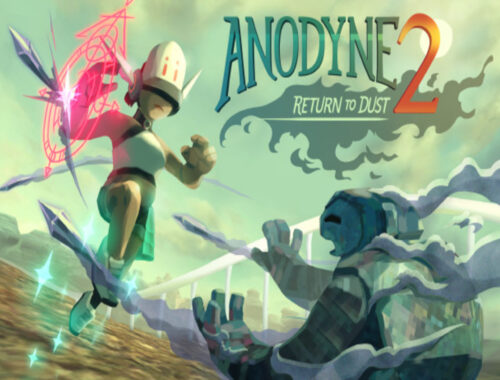Metro Redux Review
Fast Facts
Title: Metro Redux
Developer: 4A Games
Publisher: Koch Media
Website: https://www.metrothegame.com/metro-redux-nintendo-switch/
Genre: Action, First Person Shooter
Platform: Nintendo Switch
Age Rating: PEGI 16
Release Date: 28/02/2020
Price: $59.99 or £22.49 per game in the UK – Rapid Reviews UK was very kindly provided with a review code for this title.
Going Deeper Underground
Welcome to Moscow comrade. Post-apocalyptic Russia plays host to this pair of darkly immersive First-Person shooters, and for a coupling of games originally released for the PS3 and Xbox 360 starting way back in 2010, they could be forgiven for showing their age as they approach their 10th and 7th birthdays respectively.

We begin our story as protagonist Artyom. Born shortly before the devastating Nuclear Apocaplyse of 2013 brought the world to its knees, Artyom has been living out the last 20 years in the catacombs, tunnels and Metro stations of Moscow. Each of these stations are bustling communities of soldiers, rangers, families and those fighting for survival. With an entire generation raised underground, the game creates a shadowed sense of atmosphere, bustling crowds, an immersive soundtrack of smashing iron, firing ranges and Russian dialogue. With our protagonist often surrounded by NPC’s going about their daily lives. The implementation here is perfection.

The narrative thrusts Artyom into a mission to travel to Polis and seek help against a group of mysterious creatures called the Dark Ones. With telepathy and the power to bestow visions and flashbacks, these Dark Ones have inspired fear across the Metro network. They aren’t the only threat Artyom will face on his journey through the Metro and surface level of Moscow. There are an abundance of mutants to fight along the way. The variety of enemies is numerous in their styles of attack with bat-like demons and mole-like Nosalis to name a few, and certainly, the first game in style is closer to survival horror than an all-guns blazing First Person Shooter. Linear by design it rewards a stealthy approach, with many enemies that can simply be avoided rather than tackled head on and ammo a scarcity throughout.
Too Much Panic
Depending on the play style you selected at the start of each game, will dictate a little more about how best to approach the structure of play. This is a unique addition for the Redux versions. You can play “Spartan” mode which encourages a little more of a gung-ho ranger approach with greater ammo and medikit availability. Alternatively, select “survival” which encourages a slower paced survival horror style. This is definitely a welcome choice and allows the player to determine the style of game they’d like to play.

In terms of the storyline for Metro 2033, it follows the Novel of the same name written by Dmitry Glukhovsky. It does a superb job of creating this sense of despair and misery throughout, but also a glimmer of hope that things can get better. In terms of how this translates to a strong and immersive gaming experience, its unfortunately for me a little lacking. The game is incredibly linear and involves a lot of A to B to C with little emotional connection or genuine care for those characters you meet along the way and this is a shame.

Metro 2033 was often hailed as the definitive showpiece for PC graphics cards back in 2010 and became the natural successor to Crysis in showing the world what can be done with the very best GPU’s available. It, therefore, would have surprised many back then that fast forward to 2020 and we would be able to play the very same game, in its remastered glory on a handheld console.

However, for those adorned to their Nintendo Switch consoles over the last couple of years, there is perhaps very little surprise that we would be seeing the Metro Redux duo of games surface alongside other high profile console ports such as Alien Isolation (which was a visual masterpiece on the switch) and The Witcher 3 (which has also found its plaudits for the magicians at work behind the scenes that made it possible).

Graphically it’s a little disappointing to say that these particular versions of Metro 2033 and Metro: Last Light, look good. Not amazing and certainly not anywhere near the level of port the aforementioned games have achieved. They definitely look better than the Xbox 360 versions, yet at a steady 30 FPS, they look well below par against the PS4 or Xbox One versions. With a rumoured 480p visuals in handheld, I guess this is to be expected but I was hoping for better, and with some extended wait times on load screens I did find it took often a minute or two to load the next game area.

The term Redux (meaning restored) that is associated with the Metro games, is appropriate to the implementation here and it certainly feels like the fullest experience that could be offered on the Nintendo Switch. There is an abundance of additions, graphical upgrades, better implementations of light and shadow compared to the originals as well as the aforementioned play styles and the legendary ranger mode. Clearly a lot of effort has gone into offering a depth and variety here and I applaud the detail and effort provided by the developer.

Last bullet. Last breath. Last chance.
Metro: Last Light formally known as Metro 2034 (which also gives you an indication of the passage of time between the two games) takes place as a direct sequel after the canonical ending of Metro 2033. Without spoiling the ending to the first game Artyom now a Ranger alongside his comrades and friends assumes the responsibility to continue to explore and understand the threat of the Dark Ones. The narrative here is woven incredibly well around the original story, despite this particularly journey being written in-house by the team at 4A Games, it has a real authenticity that shows the continuing oversight and guidance provided by Dmitry Glukhovsky.

Last Light explores the continuing threat posed by civil war across the factions of the Metro themselves, including the Nazi fuelled Fourth Reich as well as communist factions. This internal struggle for dominance and control forms the majority of the 2nd part to this story and seemingly seeing humanity push ever closer to the edge of World War IV.

The formula Last Light pursues is an obvious one in a sense of traditional FPS games, its more action than horror. It’s littered with a greater arsenal of guns and weapons including my personal favourite the hand-powered chain gun. It’s about as linear in approach as 2033, but does have a greater sense of freedom and portrays a stronger feeling of independence as a player. Its bigger, better and longer with a run time closer to 11 hours this time around.

Given that Last Light saw its original launch back in 2013 you’d expect the 3 year difference to have a huge impact on visuals and graphical performance. It’s barely noticeable, which likely couldn’t be said on the native Xbox 360 and PS3 outings but is testament to the amazing work the developer has done using the 4A Games engine to run both games in Redux on the Nintendo Switch.

Despite the flaws showcased above, I must say Metro 2033 and Last Light are an absolute journey and it creates a combined 20 hour immersion that showcases the true threat of humanity and creates an experience that helps us to see that even at the very end of the world, humanities biggest threat is humanity itself.
Rapid Reviews Rating

You can purchase Metro 2033 Redux at the eShop
You can also purchase Metro: Last Light at the eShop



